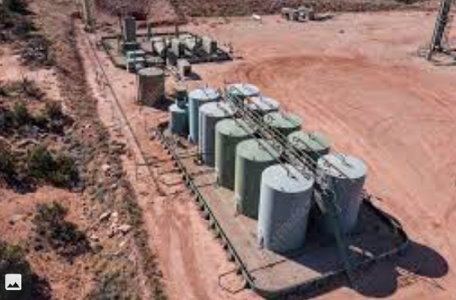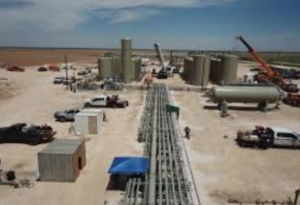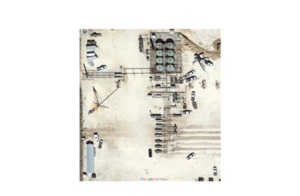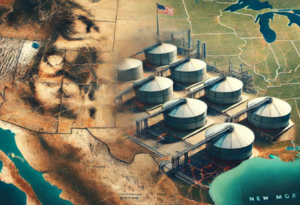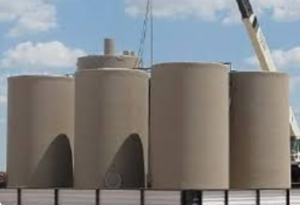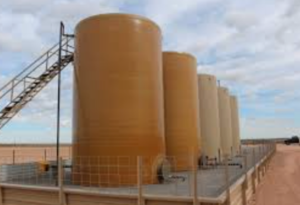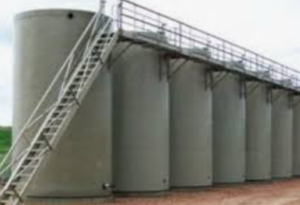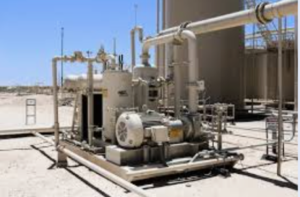Determining the tank load requirements for an oil battery involves assessing the weight and load-bearing needs associated with storage tanks.
Here are key considerations when evaluating tank load requirements in an oil battery:
- Tank Weight:
- The weight of the tanks themselves is a crucial factor. Different types of storage tanks (e.g., crude oil tanks, produced water tanks) have varying weights depending on their size, construction materials, and design.
- Tank Capacity:
- The capacity or volume of the tanks affects the weight of the stored fluids. Larger tanks with higher capacities will exert more load on the foundation.
- Type of Fluids Stored:
- Different fluids have different densities, and this affects the weight exerted by the fluid. For example, crude oil, water, and natural gas have different densities, and the combination of these fluids in different tanks needs to be considered.
- Dynamic Load Considerations:
- Tanks may experience dynamic loads due to factors such as the sloshing of fluids during filling, emptying, or changes in fluid levels. These dynamic forces should be considered in addition to static loads.
- Environmental Conditions:
- Environmental factors, such as wind and seismic loads, can impact the load on tanks. Tanks need to be designed to withstand these forces to ensure stability.
- Foundation Type:
- The type of foundation used for the tanks, whether it’s a concrete slab, piers, or other structures, will influence load distribution. The foundation should be designed to evenly distribute the load to the underlying soil.
- Soil Bearing Capacity:
- The bearing capacity of the soil at the site is a critical factor in determining load requirements. A geotechnical analysis should be conducted to assess soil properties and ensure that the soil can support the loads.
- Tank Configuration:
- The configuration of the tanks, including their size, shape, and arrangement, can impact load distribution. Irregularly shaped or elevated tanks may require specialized foundation designs.
- Anchoring Systems:
- The tank base and anchoring systems play a role in distributing loads and preventing movement or overturning. The design of these systems should consider the specific requirements of the tanks.
- Safety Factors:
- Safety factors are applied to account for uncertainties in the loads, foundation, and material properties. This ensures a margin of safety to prevent structural failure.
- Regulatory Compliance:
- Compliance with industry standards, local building codes, and regulatory requirements is essential. The design should adhere to relevant standards to ensure the safety and integrity of the tank structures.
- Future Expansion:
- Provisions should be made for future expansion. Anticipated increases in production, changes in tank configurations, or the addition of new tanks should be factored into the design.
- Tank Movement:
- Tanks may experience movements due to factors such as settlement, thermal expansion and contraction, or seismic activity. The foundation design should account for these movements to prevent damage.
Professional engineers, especially those with expertise in structural and geotechnical engineering, are typically involved in the analysis and design of tank foundations. They consider these factors to ensure that the tanks are safely supported and that the foundation can handle the static and dynamic loads associated with oil storage operations.
Tank Base Information

